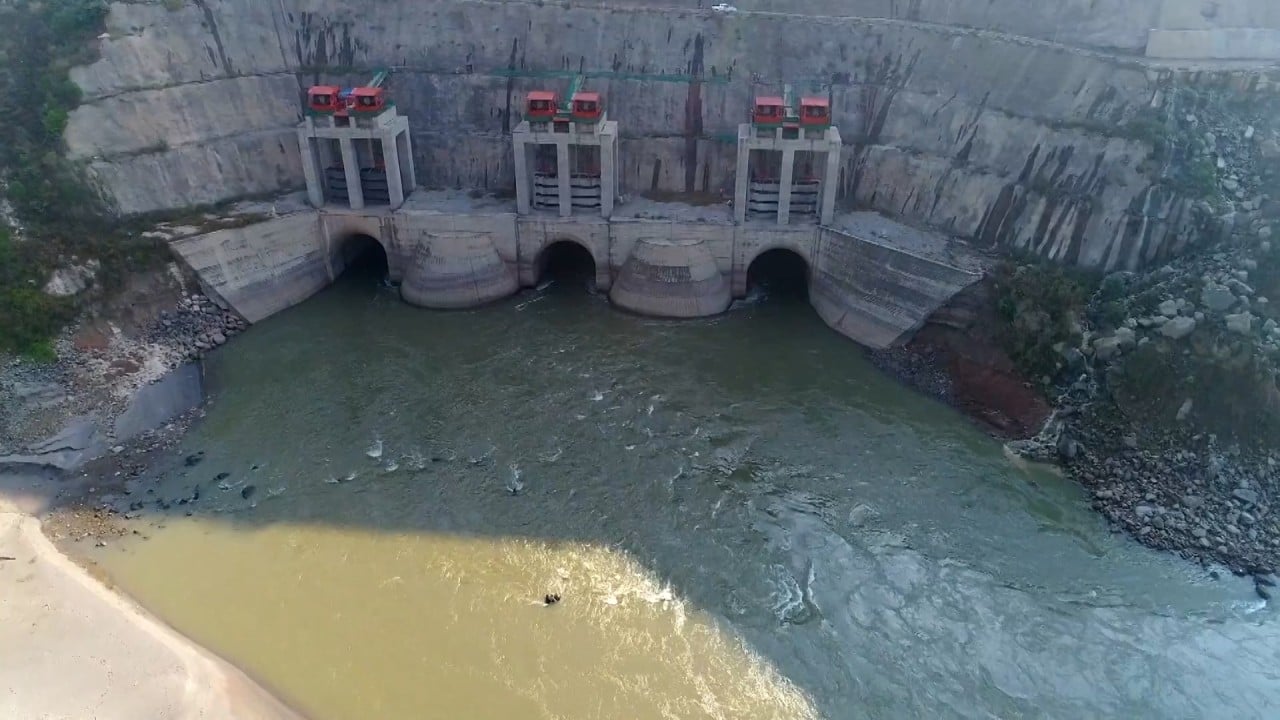
To make Xi’s clean energy vows a reality, China must strengthen its ‘green’ belt and road and overseas coal ban
- Beijing can build on its ambitious vision for the belt and road by offering technical guidance on renewable energy, more financial resources and international cooperation – a role unfortunately mired in geopolitics
- It should re-examine its overseas coal power ban, which still allows plants under construction to continue
But the attention on this eclipsed much of the rest of Xi’s speech at the UN, and in particular, the first half of the sentence that ended with the coal ban: “China will step up support for other developing countries in developing green and low-carbon energy”.
One year later, where does Xi’s commitment to support more green and low-carbon energy and not build new coal plants in developing countries stand? For a start, an ambitious vision for a green and low-carbon Belt and Road Initiative, codified in policy, is starting to emerge.
Mere months after Xi’s announcement, 15 planned coal power plants with Chinese finance or construction services were cancelled. This was partly due to Chinese institutions adjusting their overseas operations to fall in line with Xi’s energy commitments, though credit should also be given to host countries such as Vietnam, which updated their energy plans.
Will China’s green guide burnish belt and road’s environmental credentials?
This guidance represented a significant inter-ministry effort that elevated environmental and social considerations for China’s overseas projects and clearly prioritised clean energy, including wind and solar energy, smart grids and energy storage.
With new policy frameworks in place, why did green energy finance and investments for the belt and road shrink in the first half of this year? Several factors are at play. Across the energy sector, Chinese development finance and foreign direct investment plunged last year compared to previous years.
Beijing can also scale up financial support from Chinese financial institutions for the development of renewable energy overseas, especially from its policy banks, which have not historically supported many projects related to renewable energy or its technology.
While individual institutions have their considerations when adopting overseas finance policies, leadership from the Chinese government – such as by setting portfolio targets for the amount or percentage of a financing portfolio going to renewable energy – can make a big difference in enabling institutions to adopt more climate-friendly policies.
US-China competition won’t help battle against climate change
In these endeavours, China will benefit from international cooperation. While its policies and announcements have consistently emphasised cooperation, the geopolitical reality is that climate change has sometimes become a pawn when it should be off the board entirely.
This year’s UN General Assembly, which opened on September 13, and the UN climate talks in Egypt set for November are key venues for measuring the extent to which cooperation will be a part of the green Belt and Road Initiative.
One year on, China has made significant progress towards turning Xi’s promise into reality. The challenge is to implement these policies fully and efficiently to match the scale of finance needed for the global energy transition.
Cecilia Han Springer is the assistant director of the Global China Initiative at the Boston University Global Development Policy Center. She earned a PhD from the Energy and Resources Group at the University of California, Berkeley



